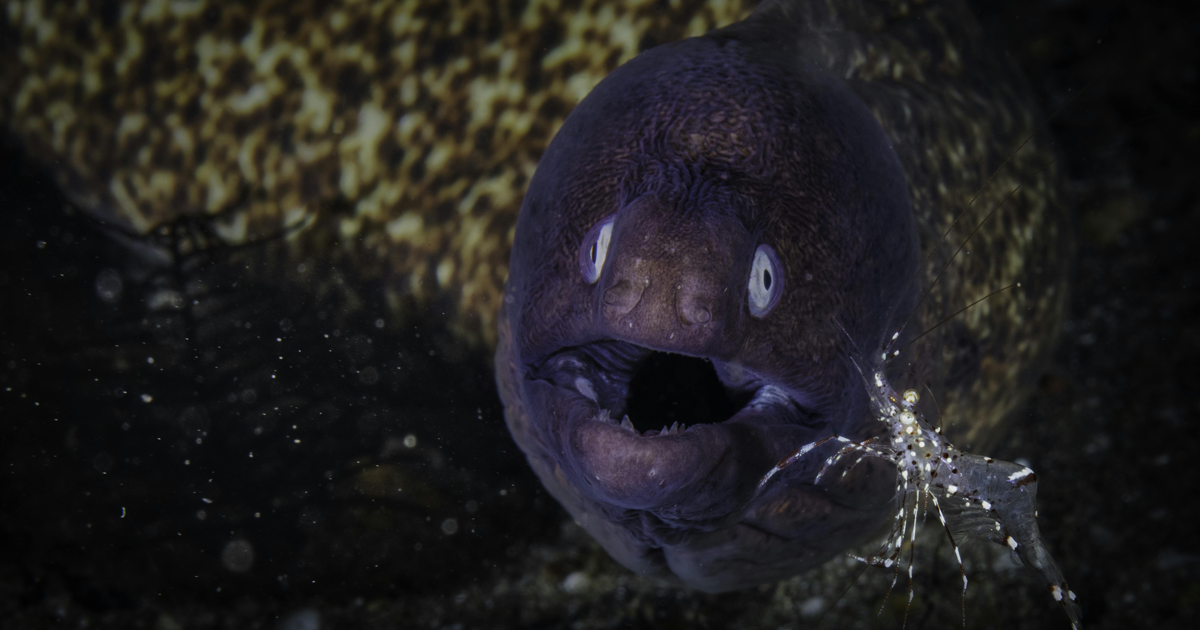
Though they are well known parts of popular culture, electric eels remain something of a mystery to most of us.
And there’s good reason for this.
Unlike some of the more common eels that you might have even seen in person, the electric eel remains very well hidden from most of us humans while we’re going about our daily life.
A recent feature by the Natural History Museum, London explains:
“Electric eels are found in the freshwaters of the Amazon and Orinoco rivers of northern South America. They typically seek out slow-moving, murky waters such as pools, swamps and oxbow lakes, but can also be found in streams and rocky environments.”
Electric eels have been known by humans for over 250 years, with the study of this incredible marine animal that lead to the invention of the battery in 1800.
The large eel, which can grow up to 2.5m in size is, after all, able to discharge electricity from the most unlikely-looking form, in a matter of seconds.
What makes the electric eel so famous though, is not its home or its size, but it’s terrifying ability to give its prey an electric shock.
This unique factor, a result of key parts of their species specific anatomy, is a very effective way for the eels to paralyse – and usually kill – their victims:
“Electric eels have three special organs that help them create electricity. These are known as the main organ, the Hunter’s organ and the Sach’s organ. These organs take up about 80% of the eel’s body and allow them to produce electric impulses of different strengths, which perform different functions.
The main organ and part of the Hunter’s organ produce strong electric shocks that can ward off predators or stun prey. The Sach’s organ and the other half of the Hunter’s organ produce weak electric impulses. Electric eels use these to navigate, seek out prey and signal one another for courtship during the breeding season.”
Dr Rupert Collins, Senior Curator of Fishes at the Natural History Museum, explains that the electric eel – though a living creature – are not that different to the energy-storing technology they inspired:
“Electric eels are like living batteries. They have stacks of modified muscle cells called electrocytes that have both a positive and a negative side. When the cells are triggered, it discharges an electrical impulse into the surrounding water.”
So how powerful really is an electric eel? Is it like a battery, or more like mains power?
Well the truth is pretty scary.
Some types of electric eel can generate up to 860 volts of electricity, which is four times the voltage of the sockets you might have in your home.
In fact, it’s enough to take down a much bigger creature like a jaguar.
But do not fear.
The Natural History Museum have some reassuring words for those of us who are now a little wary of this unsuspecting live wire:
“In theory, if threatened, an electric eel could leap partway out of the water and deliver multiple electric shocks powerful enough to cause an adult person to have a heart attack or stop breathing. The shock could also result in a person drowning, even in shallow water.
However, electric eels aren’t actually particularly aggressive and won’t attack unless they feel cornered. It’s very rare for people to be killed by electric eels.”
So there you have it.
This giant eel, living in the depths of the Orinoco or the Amazonian swamps could kill you – but it probably won’t.
Thought that was fascinating? Here’s another story you might like: Why You’ll Never See A Great White Shark In An Aquarium